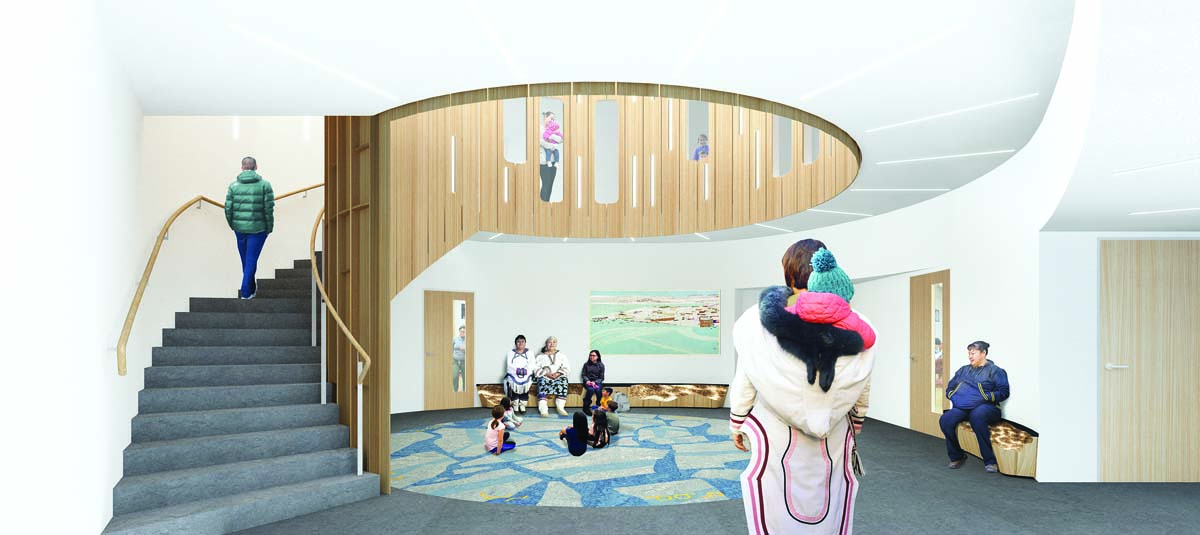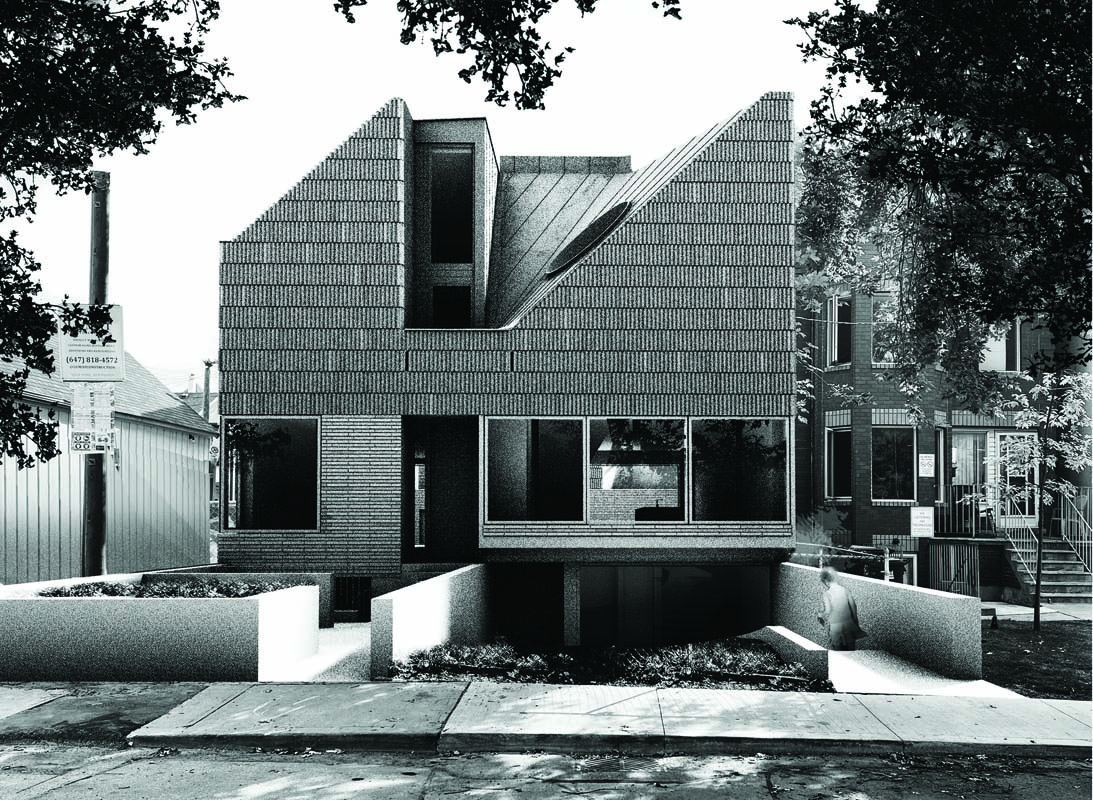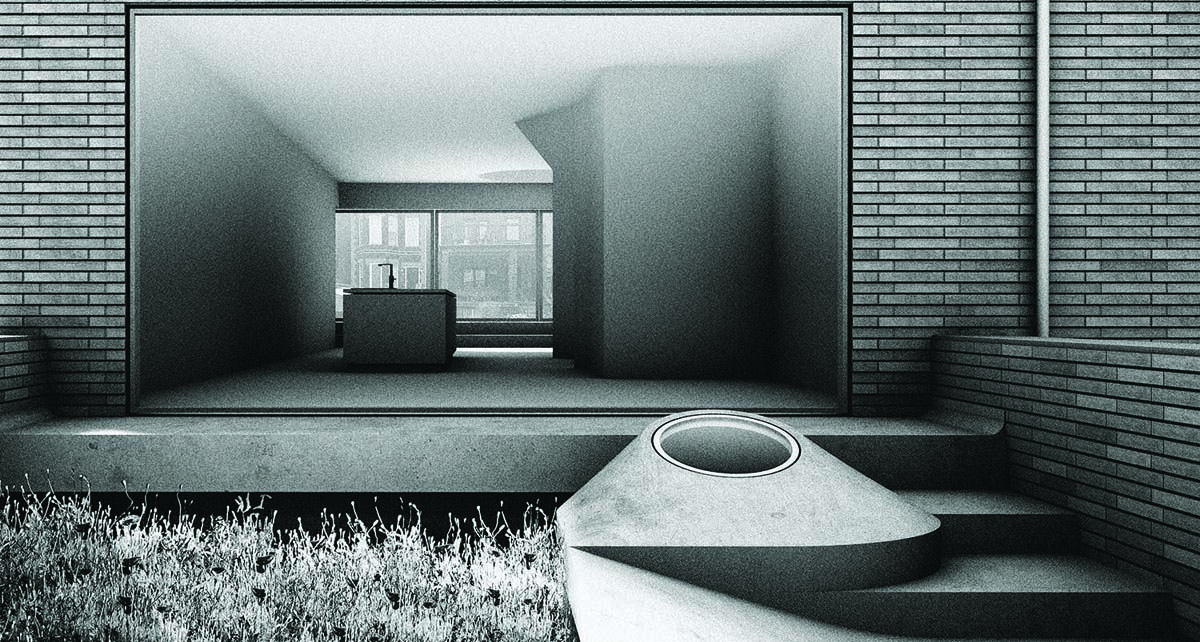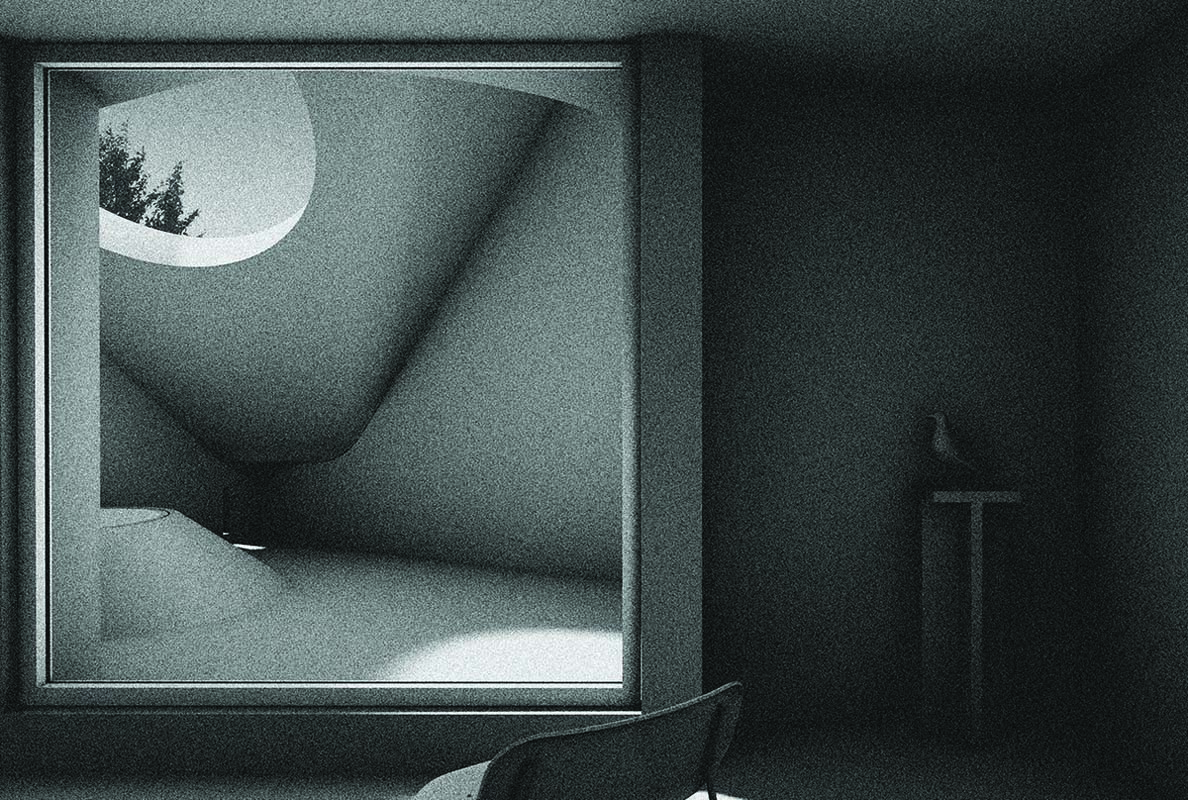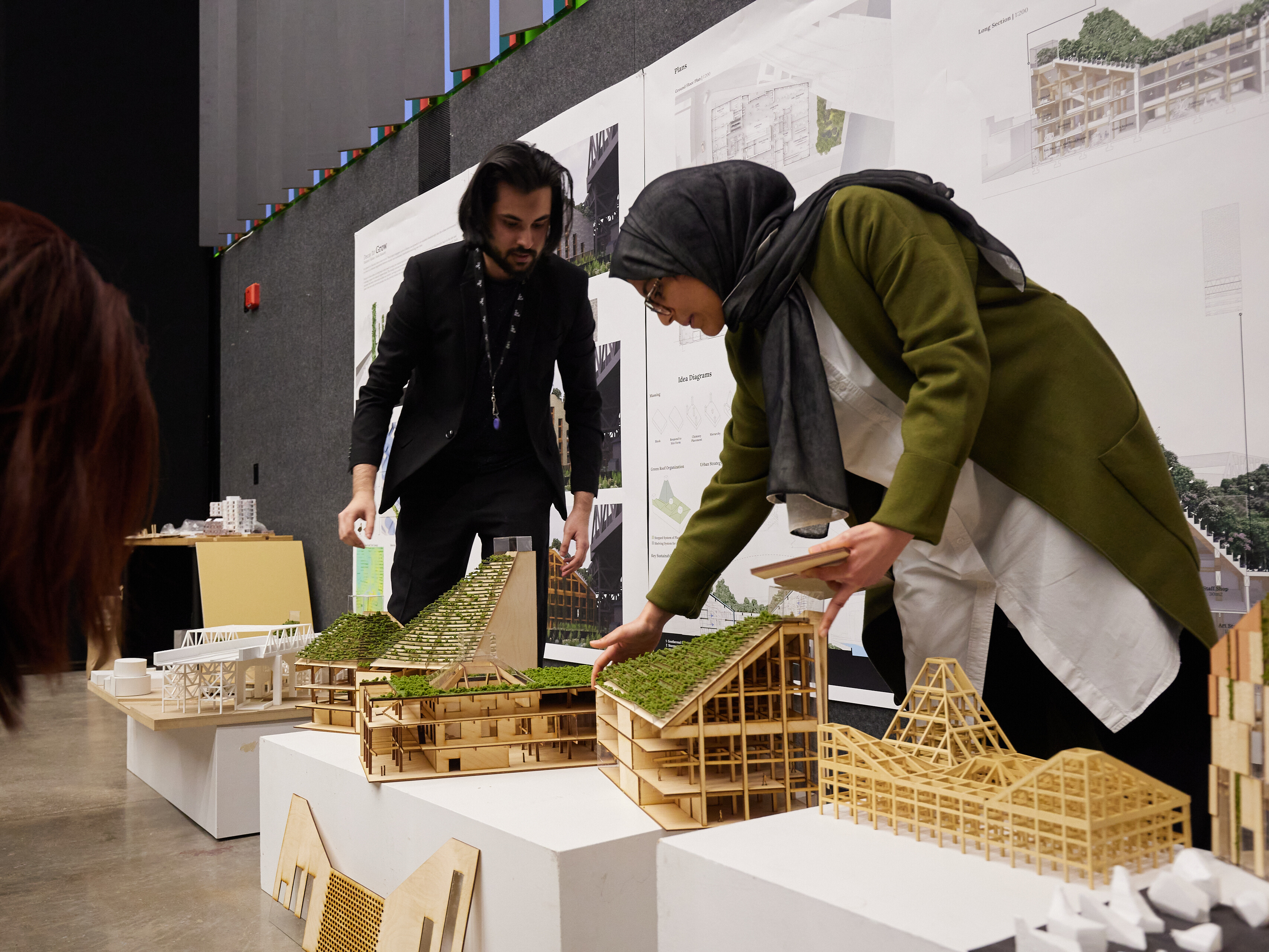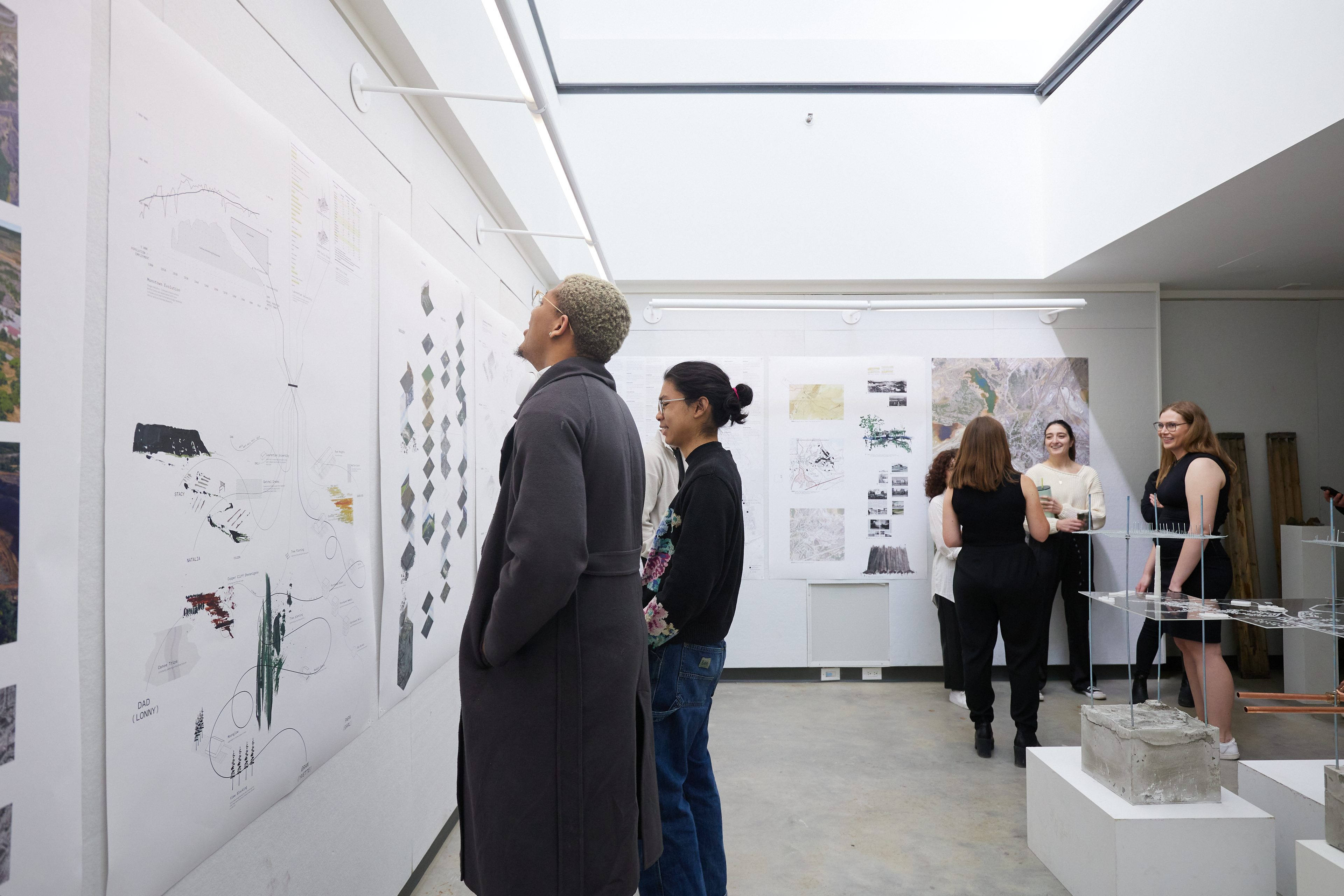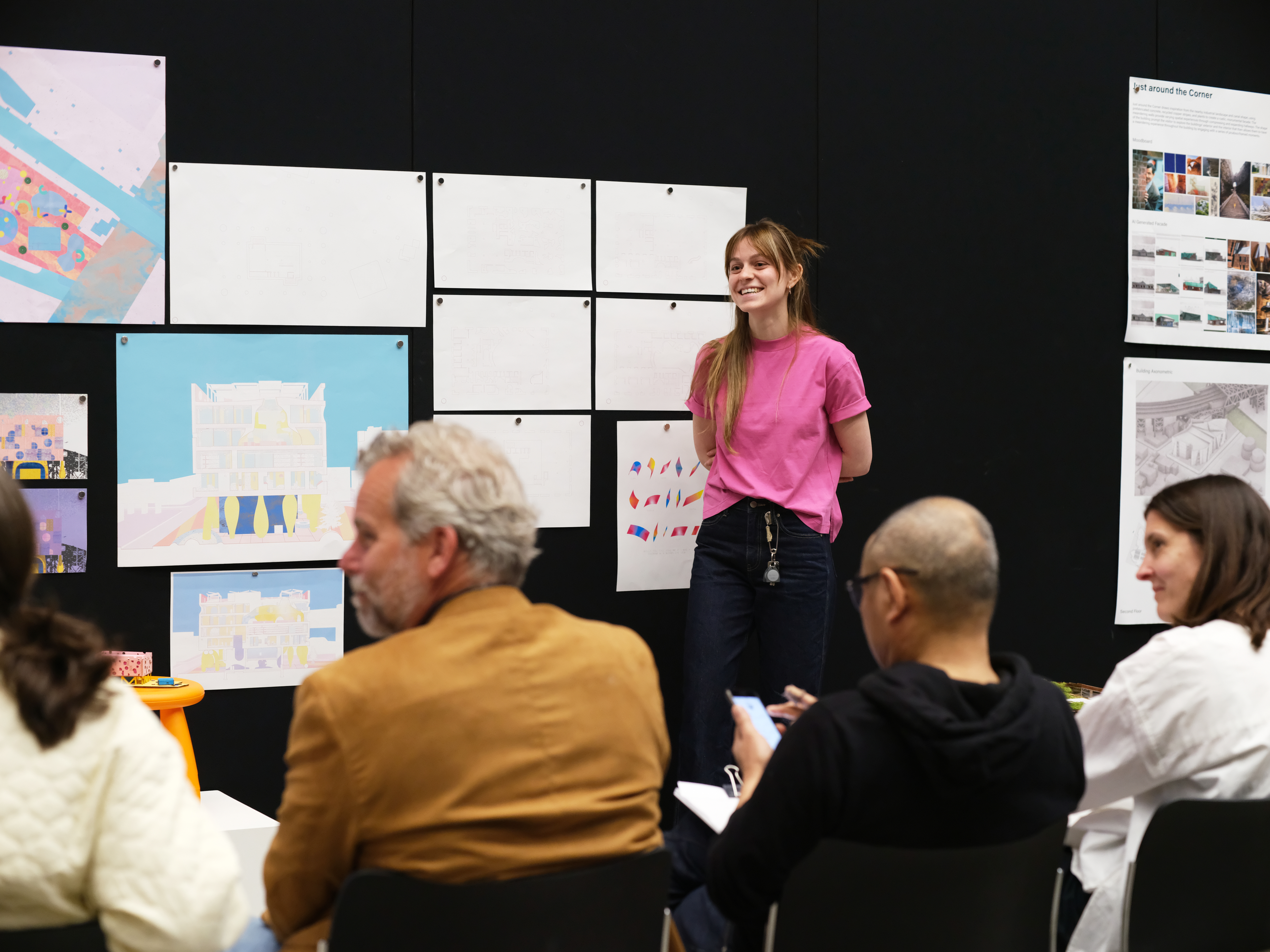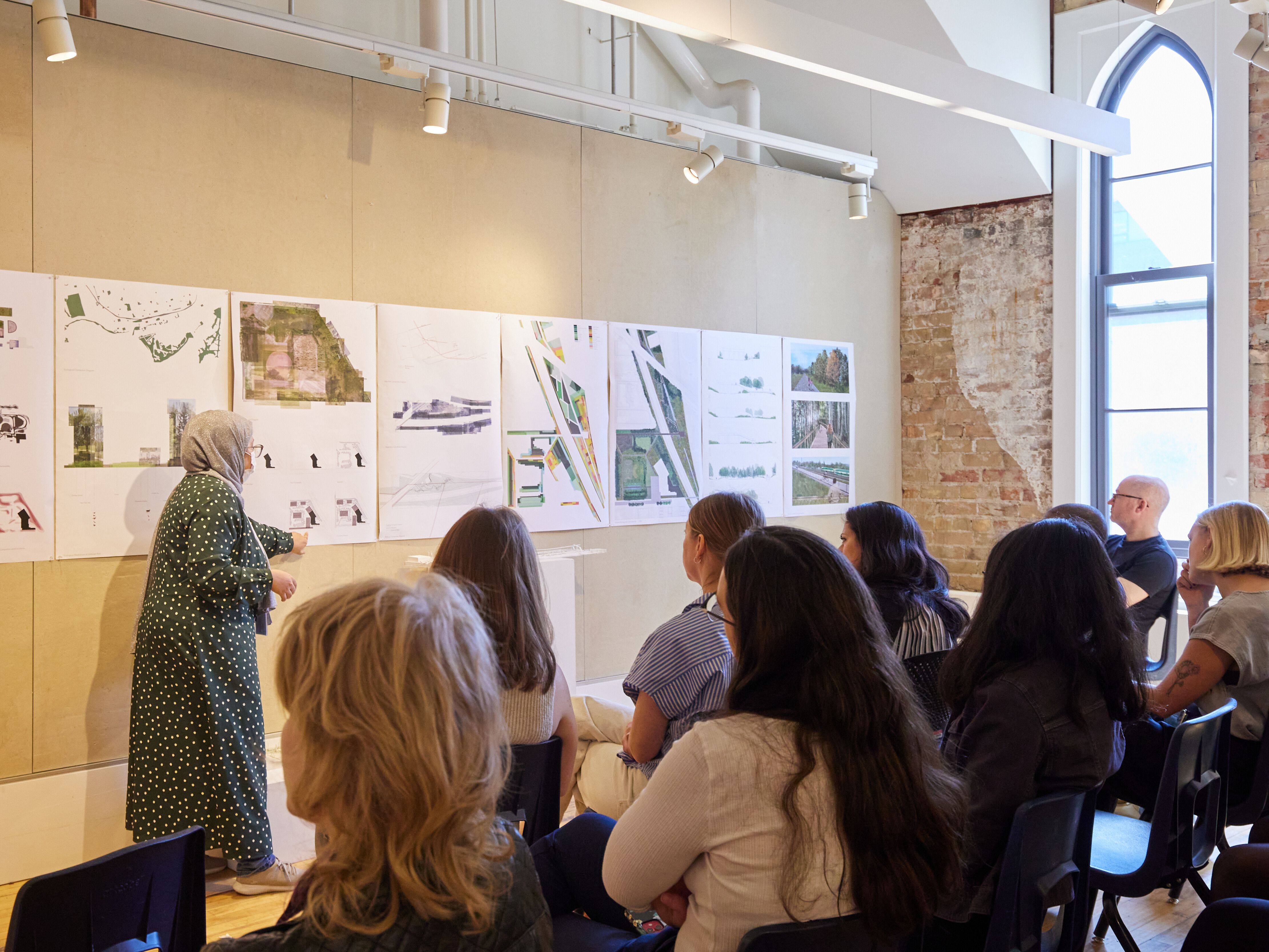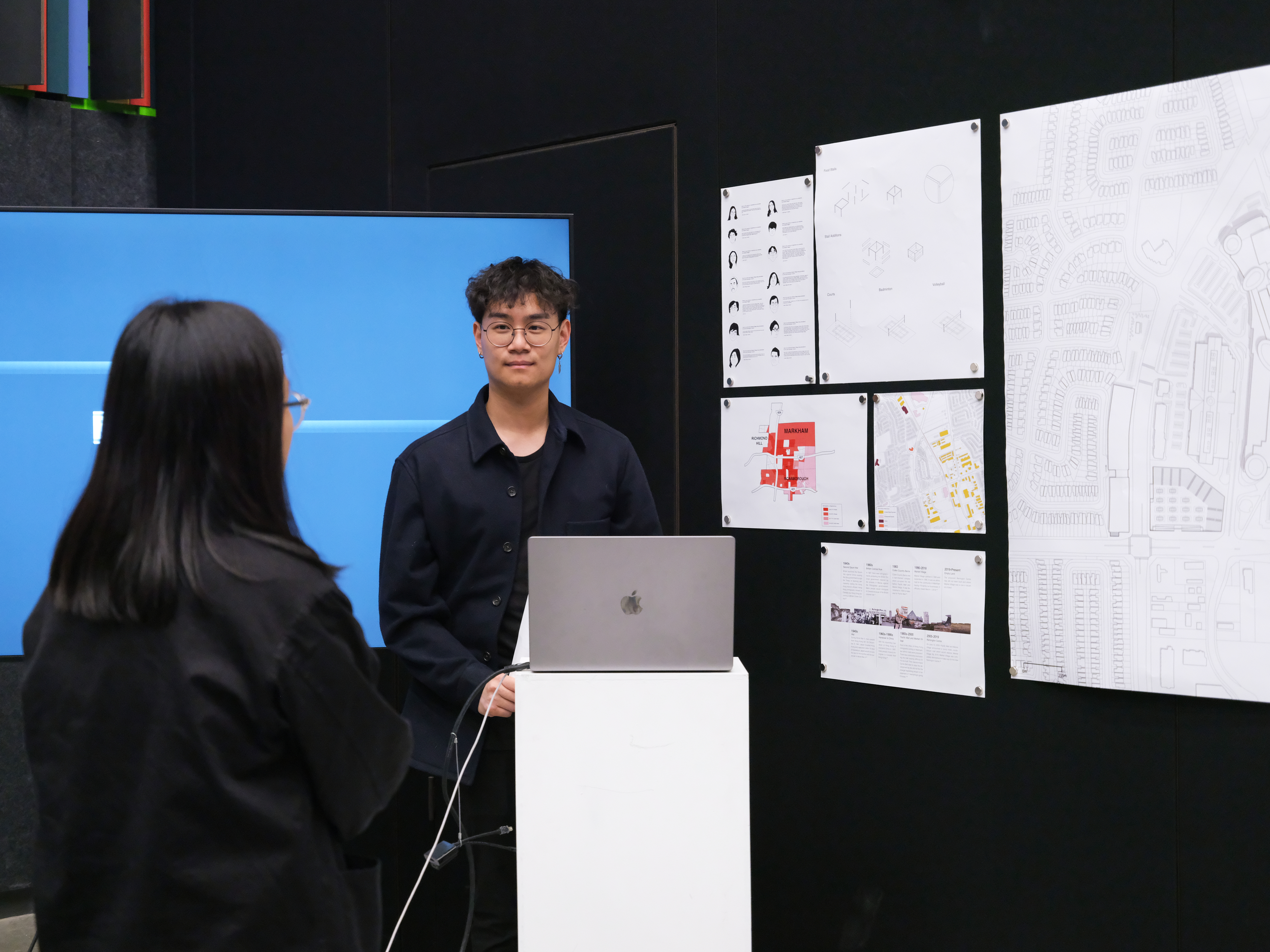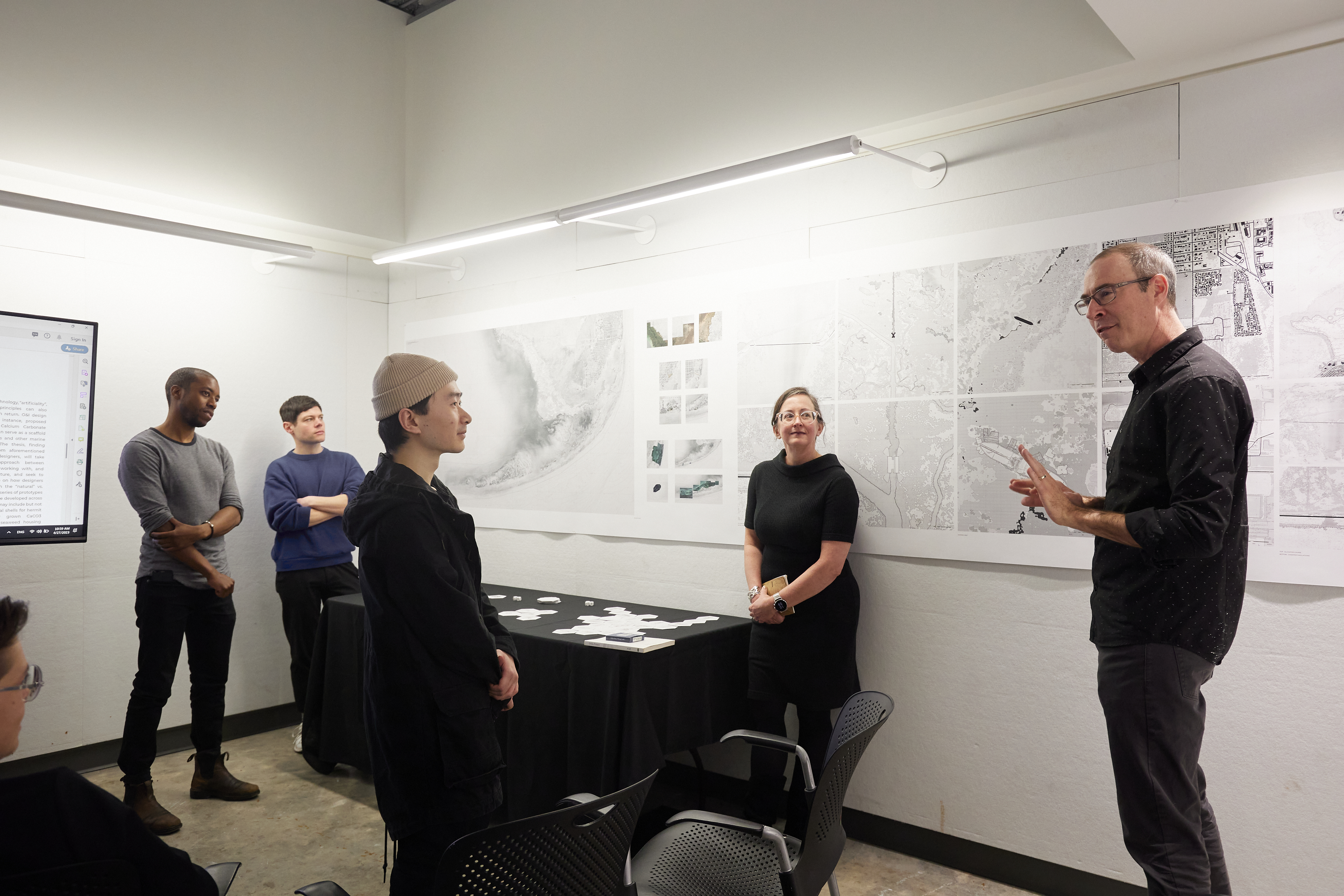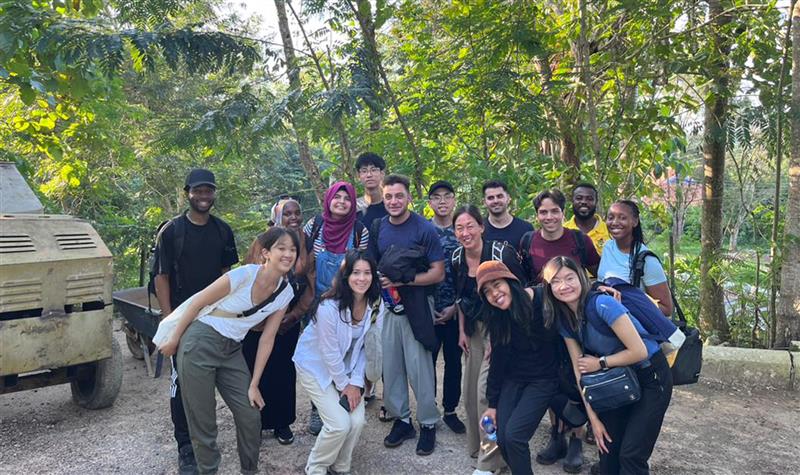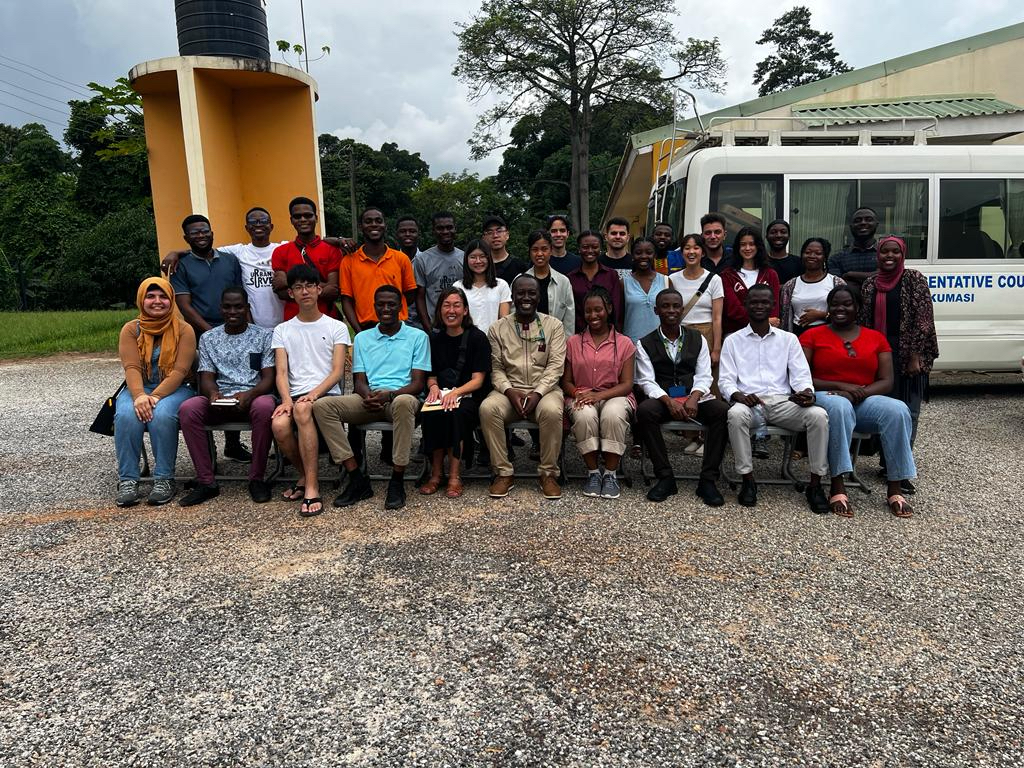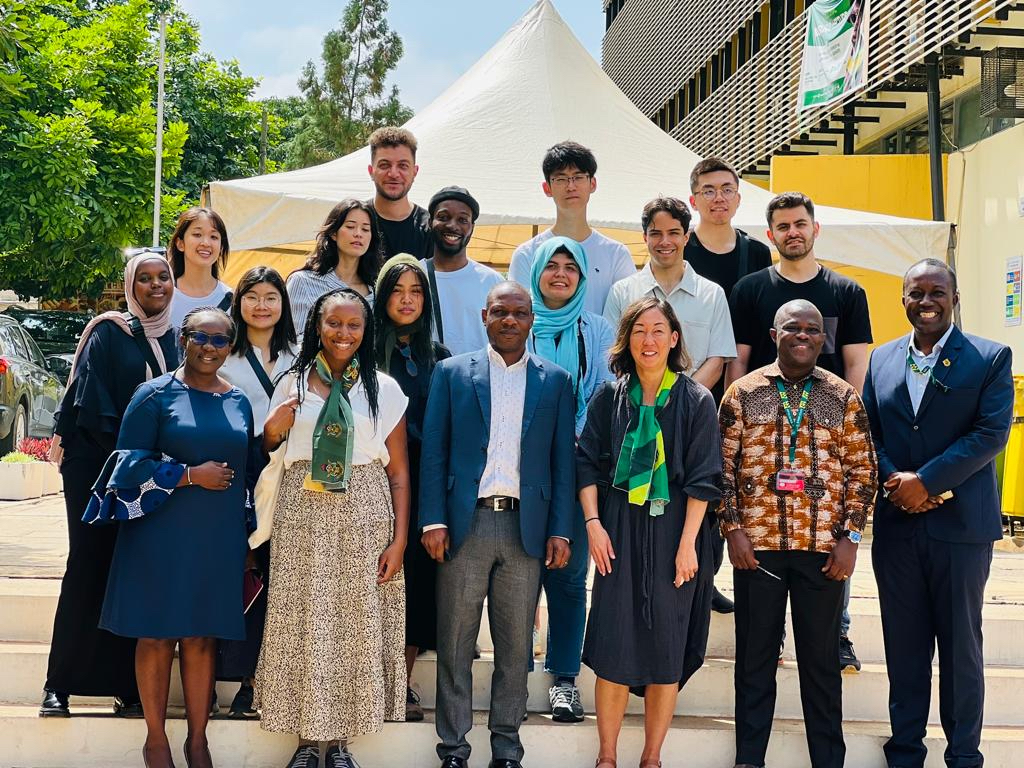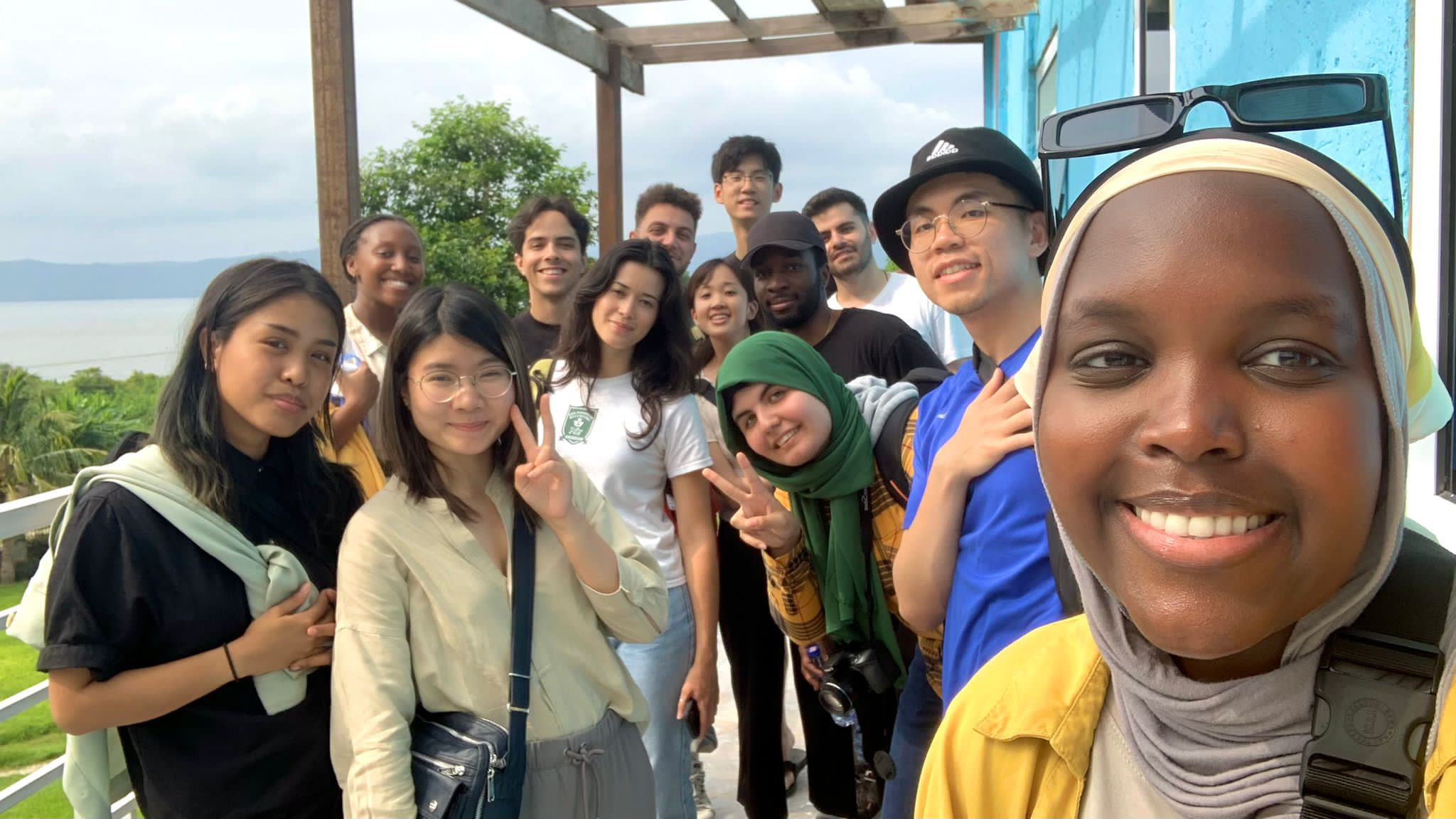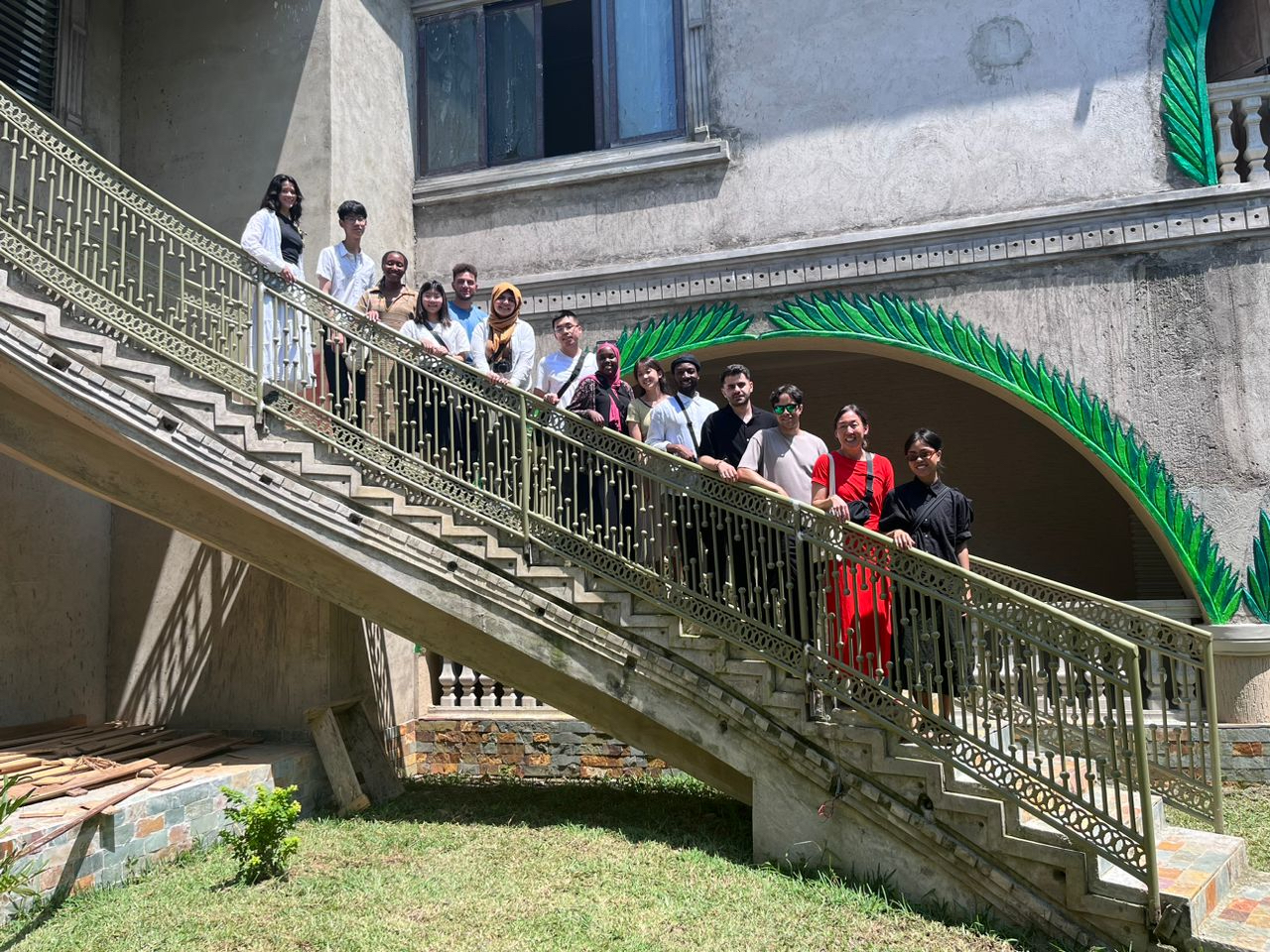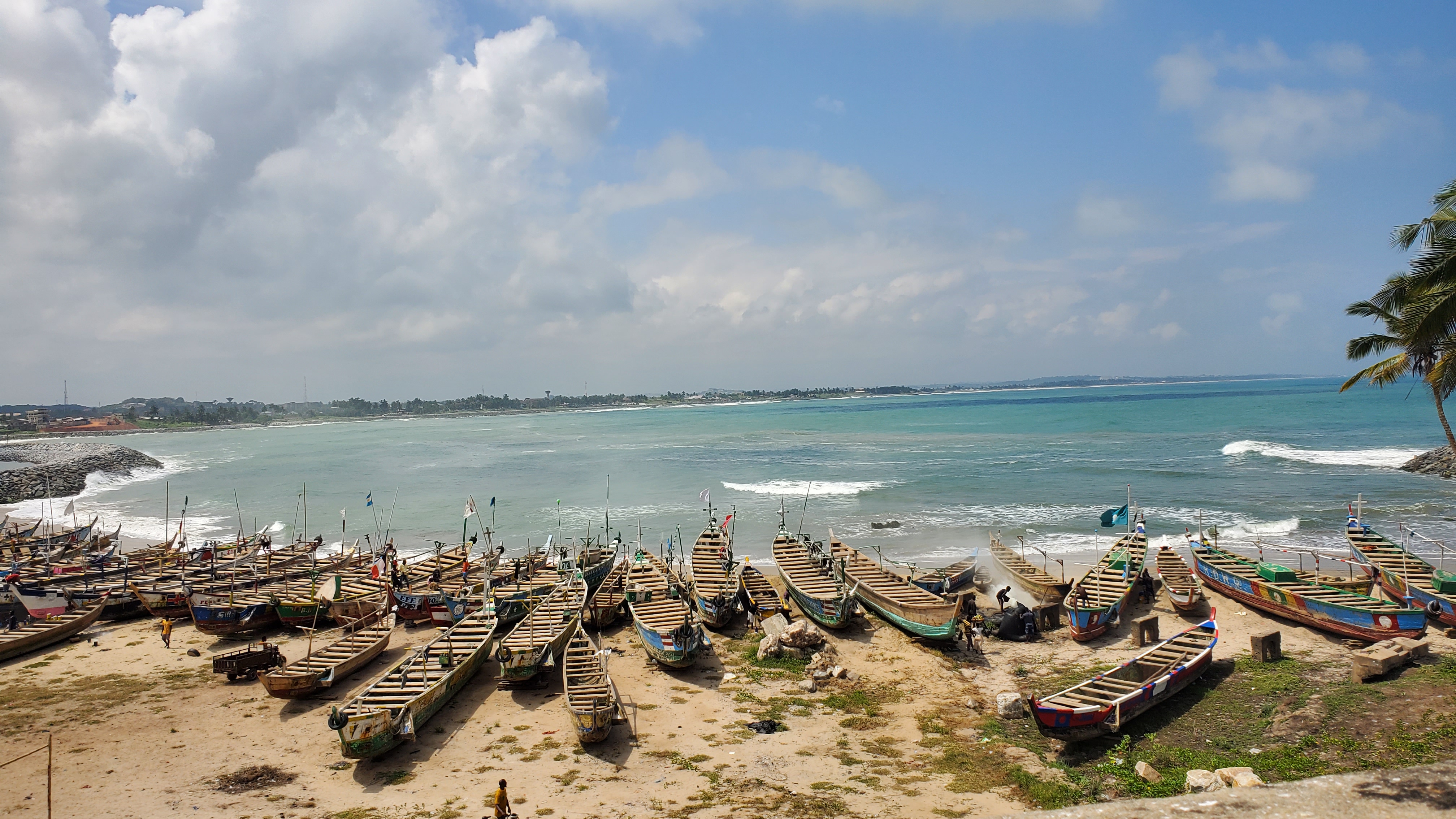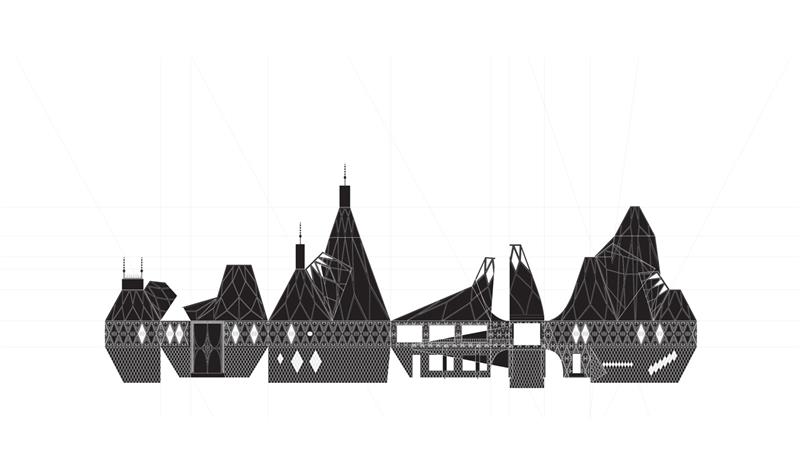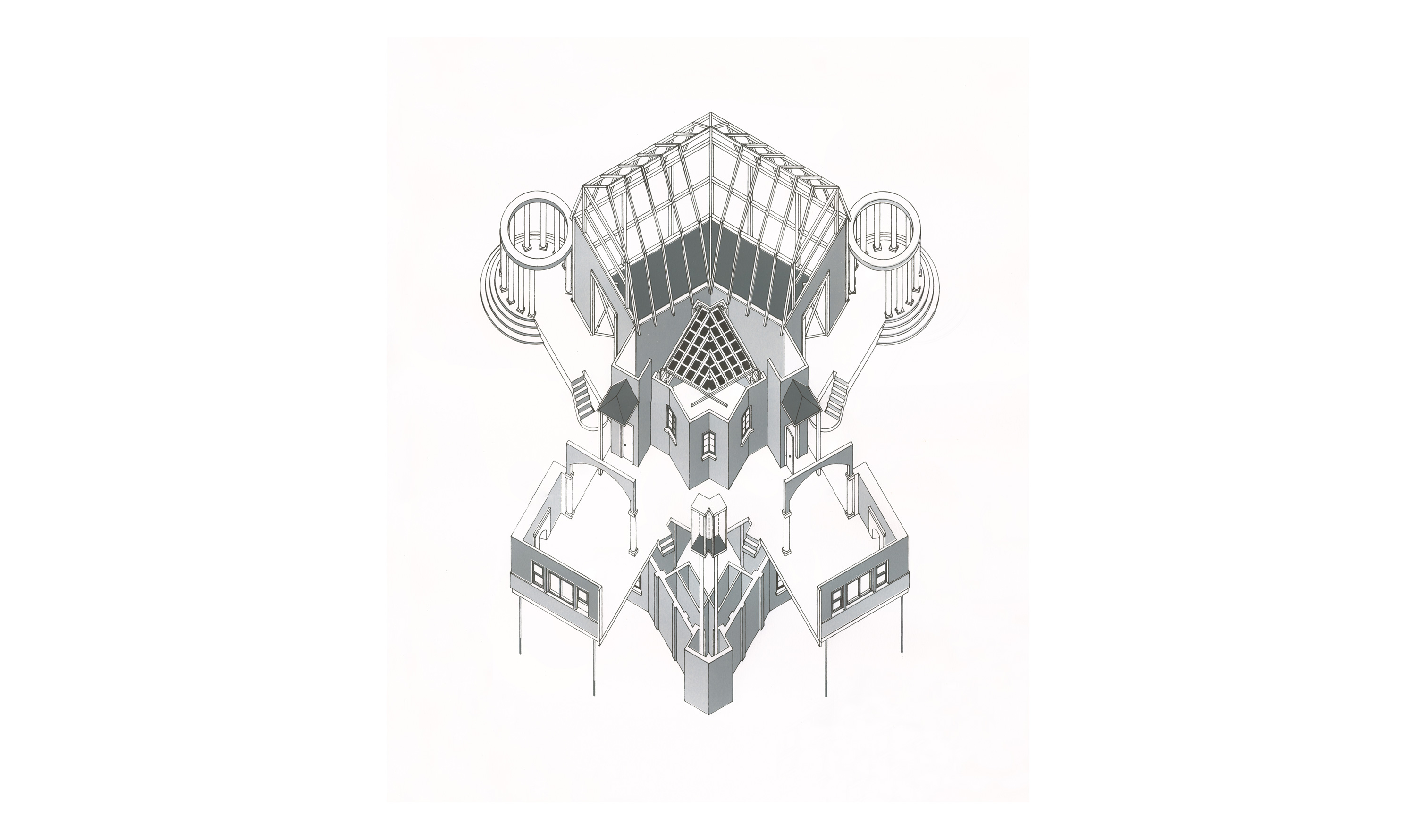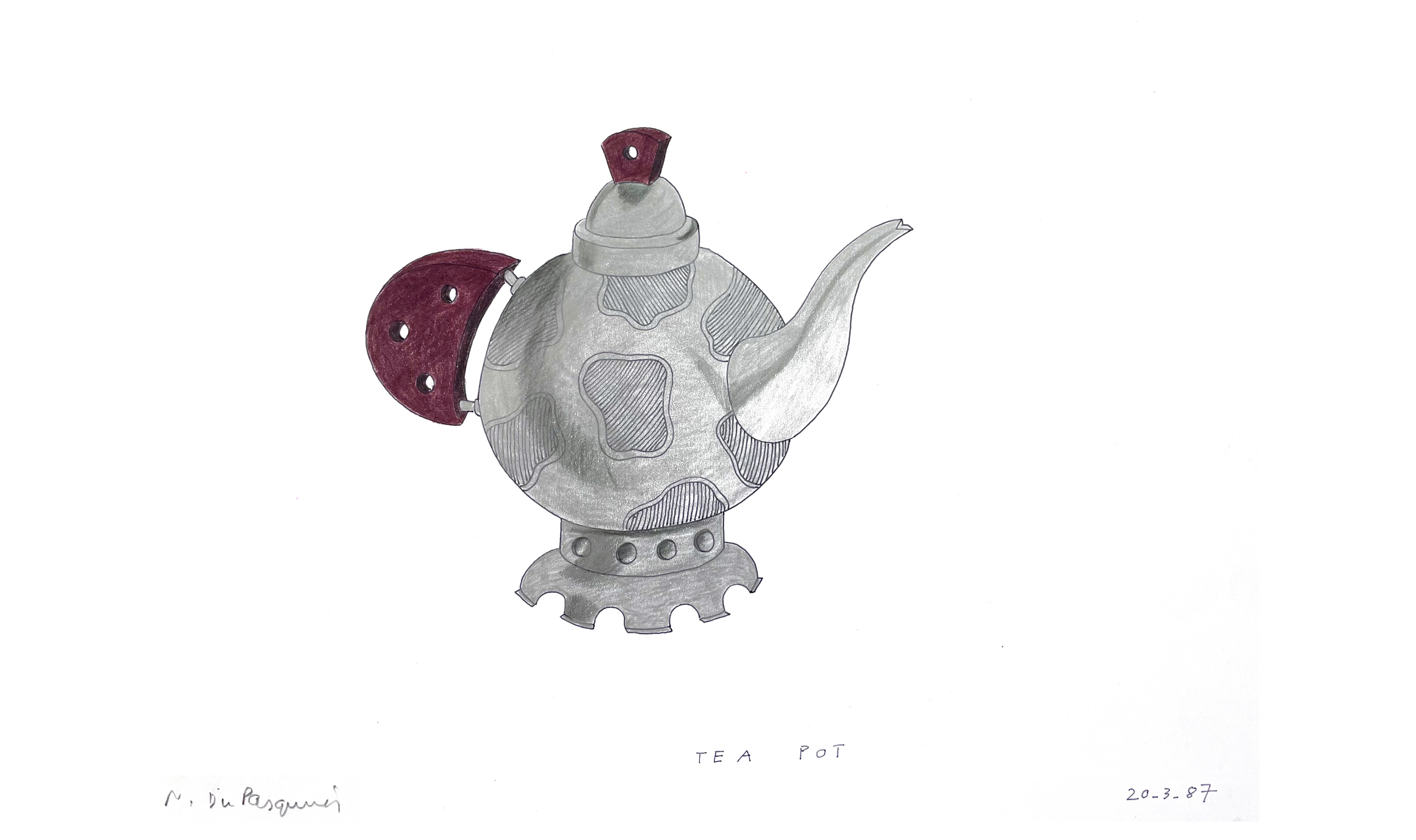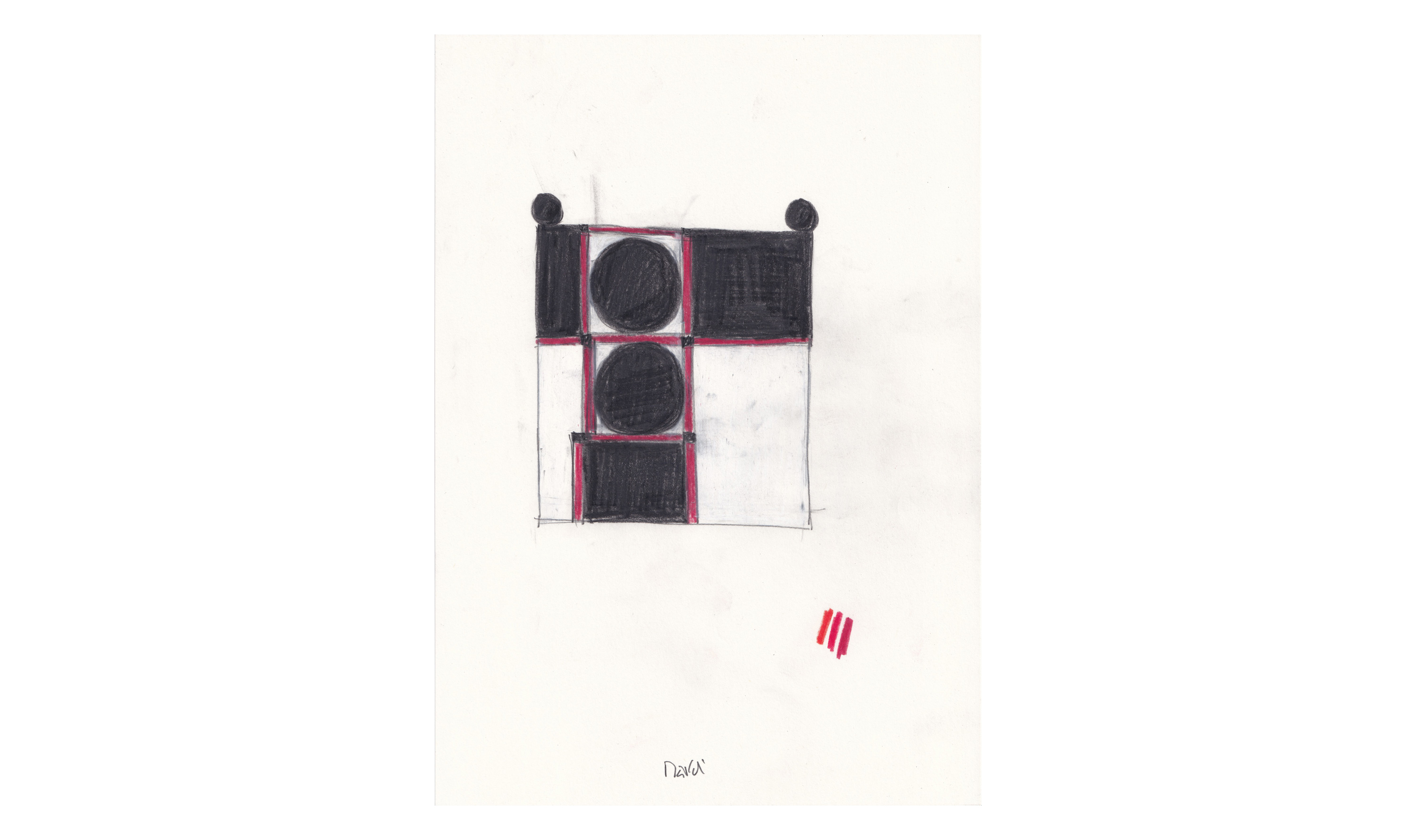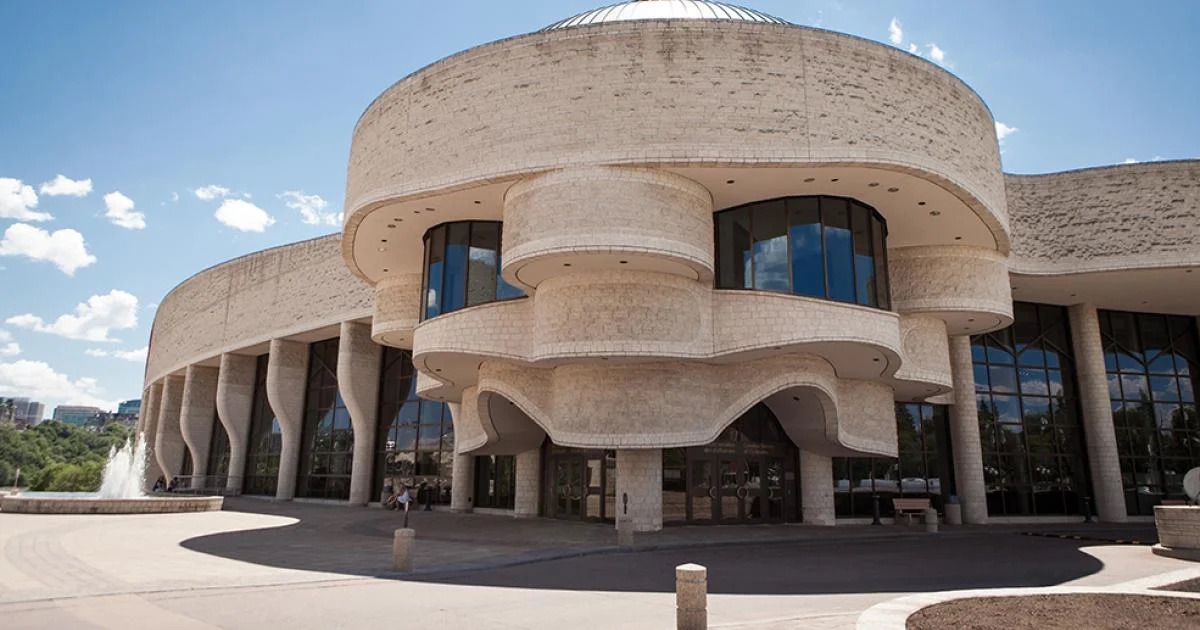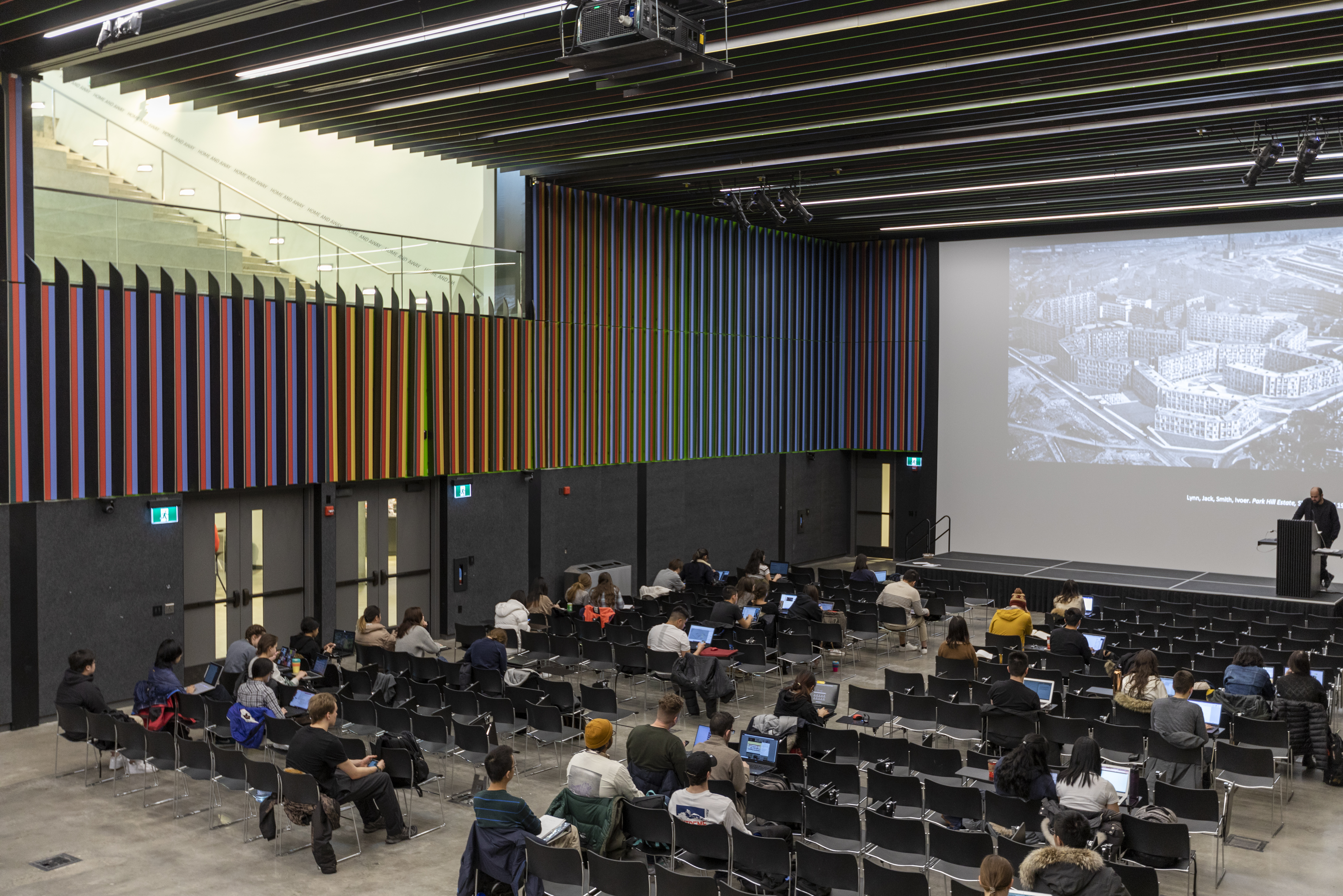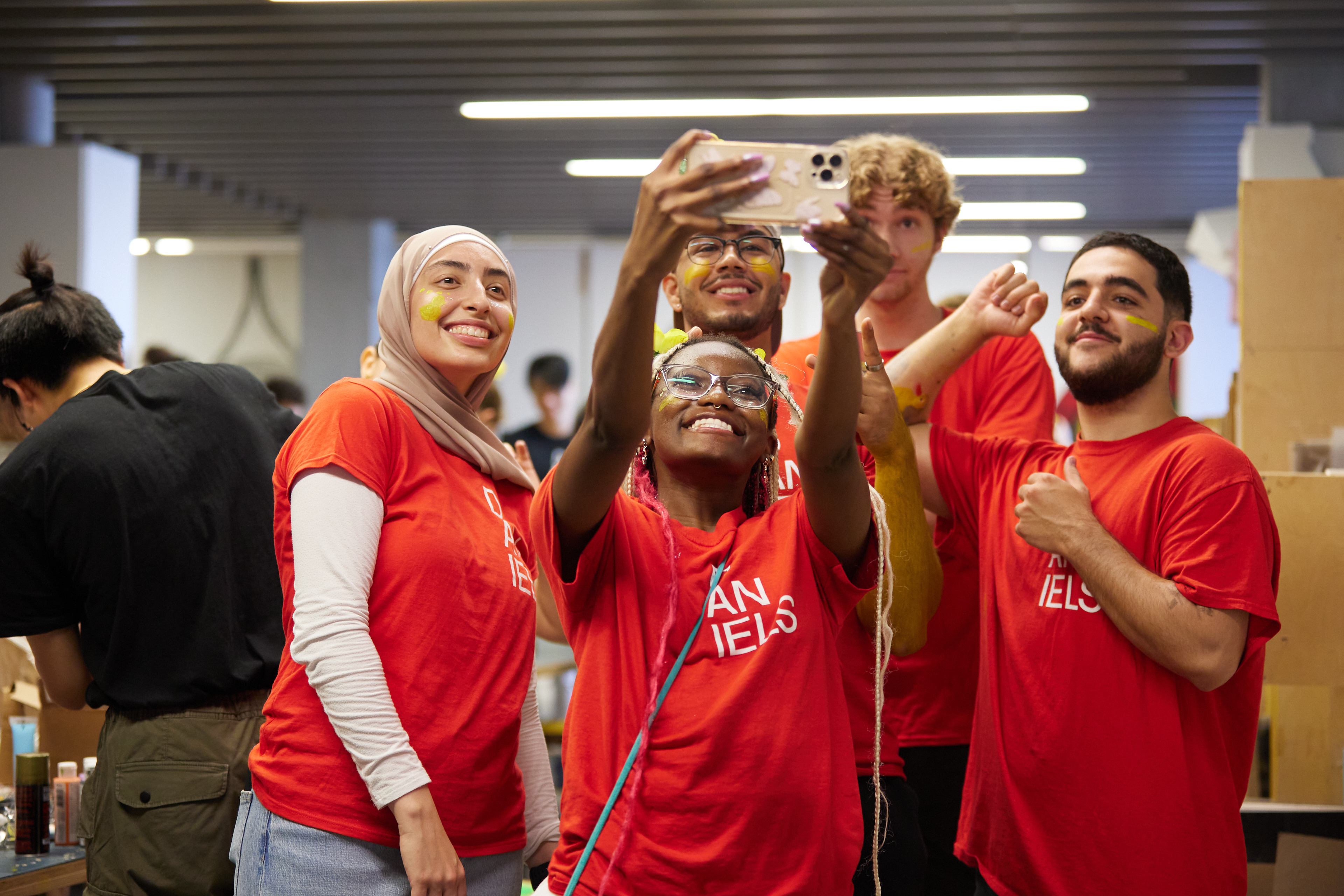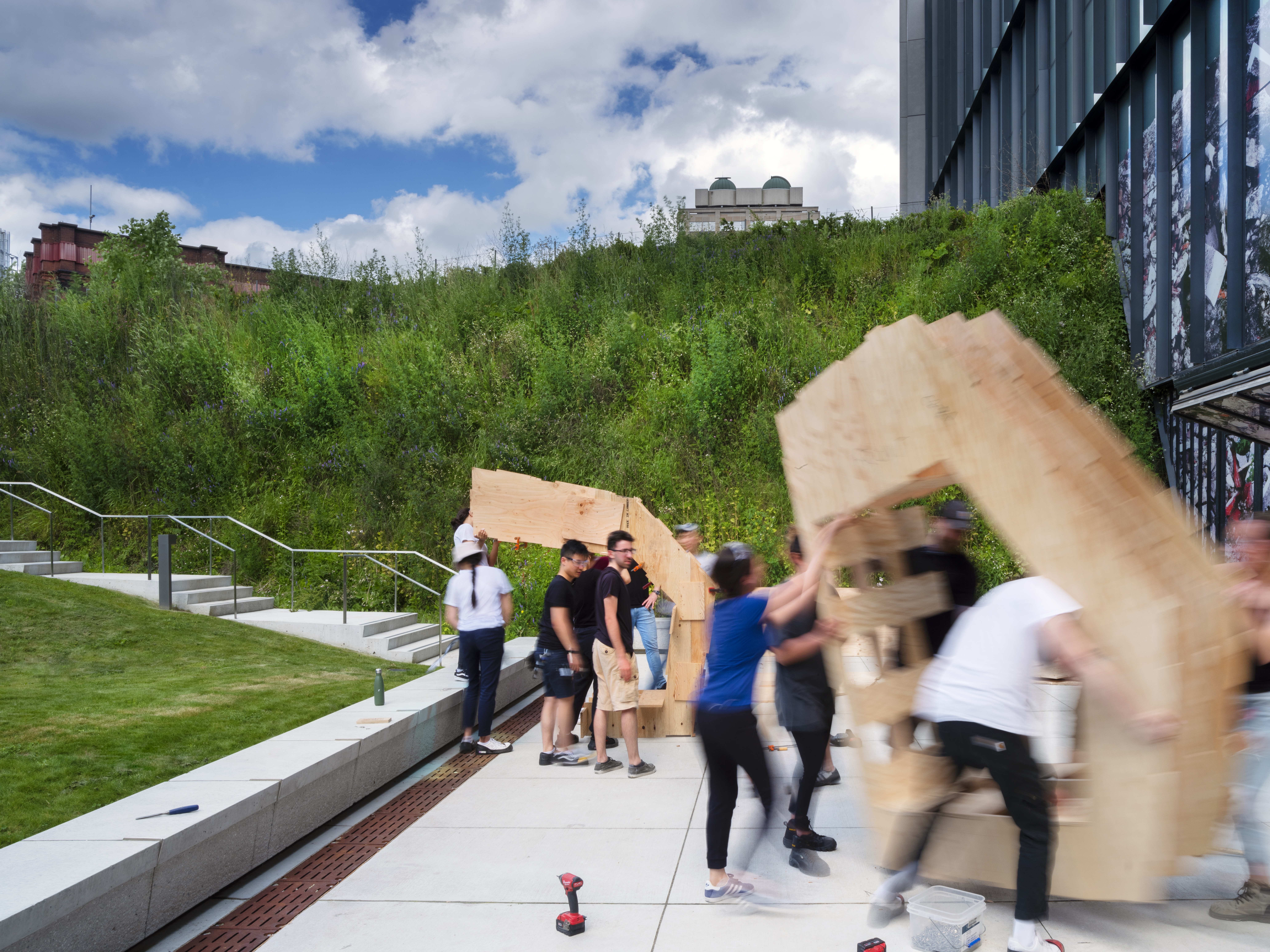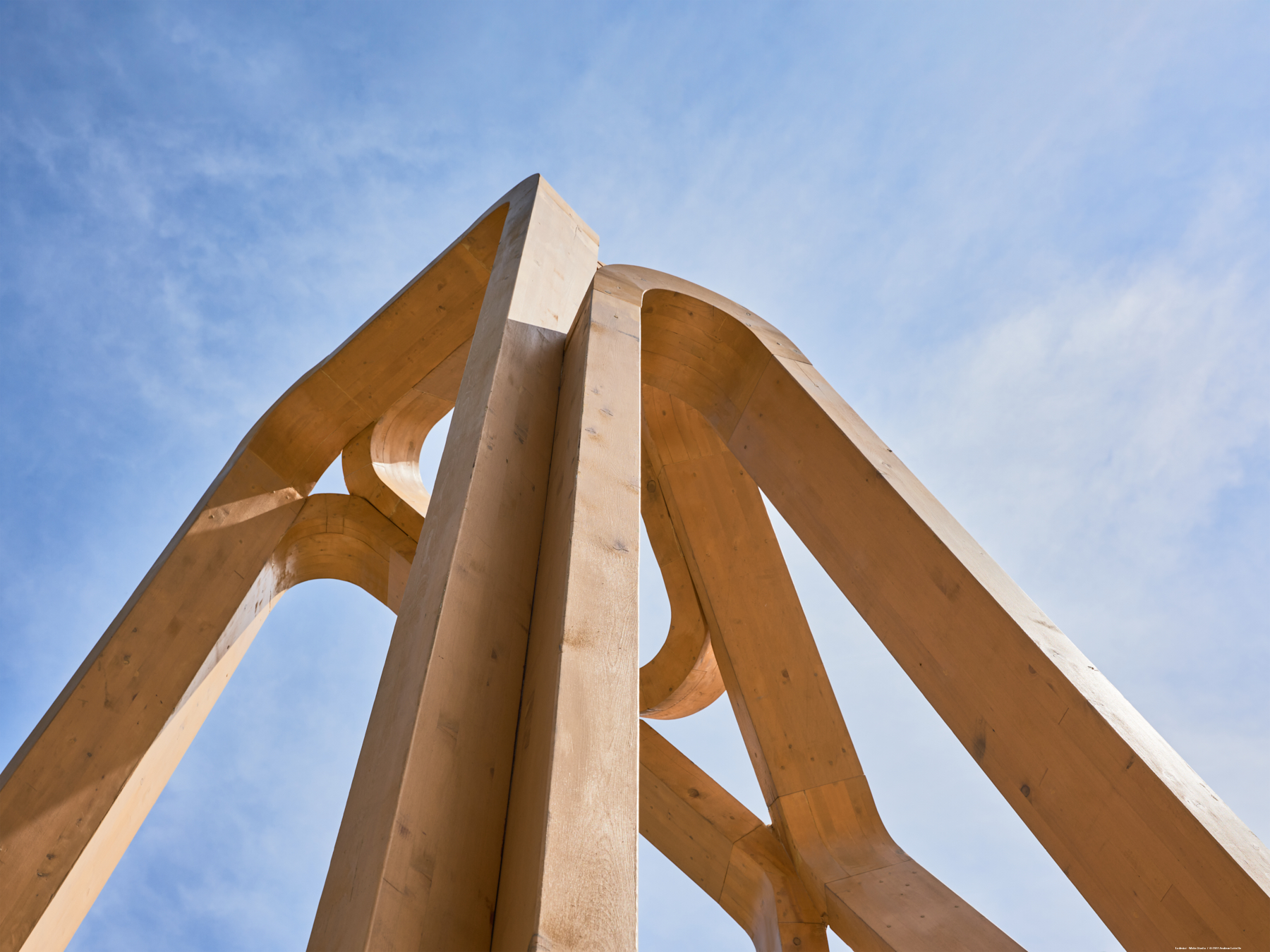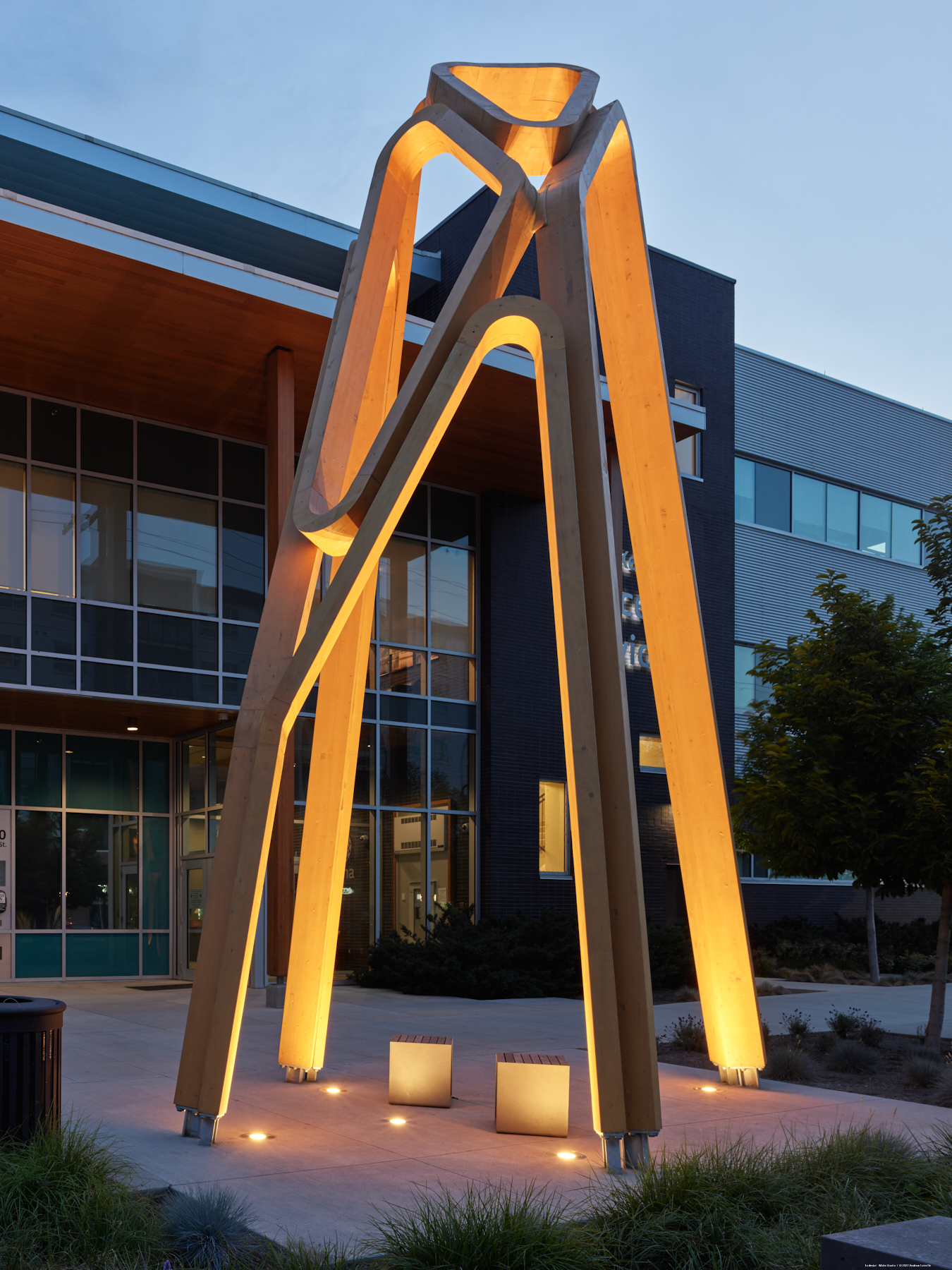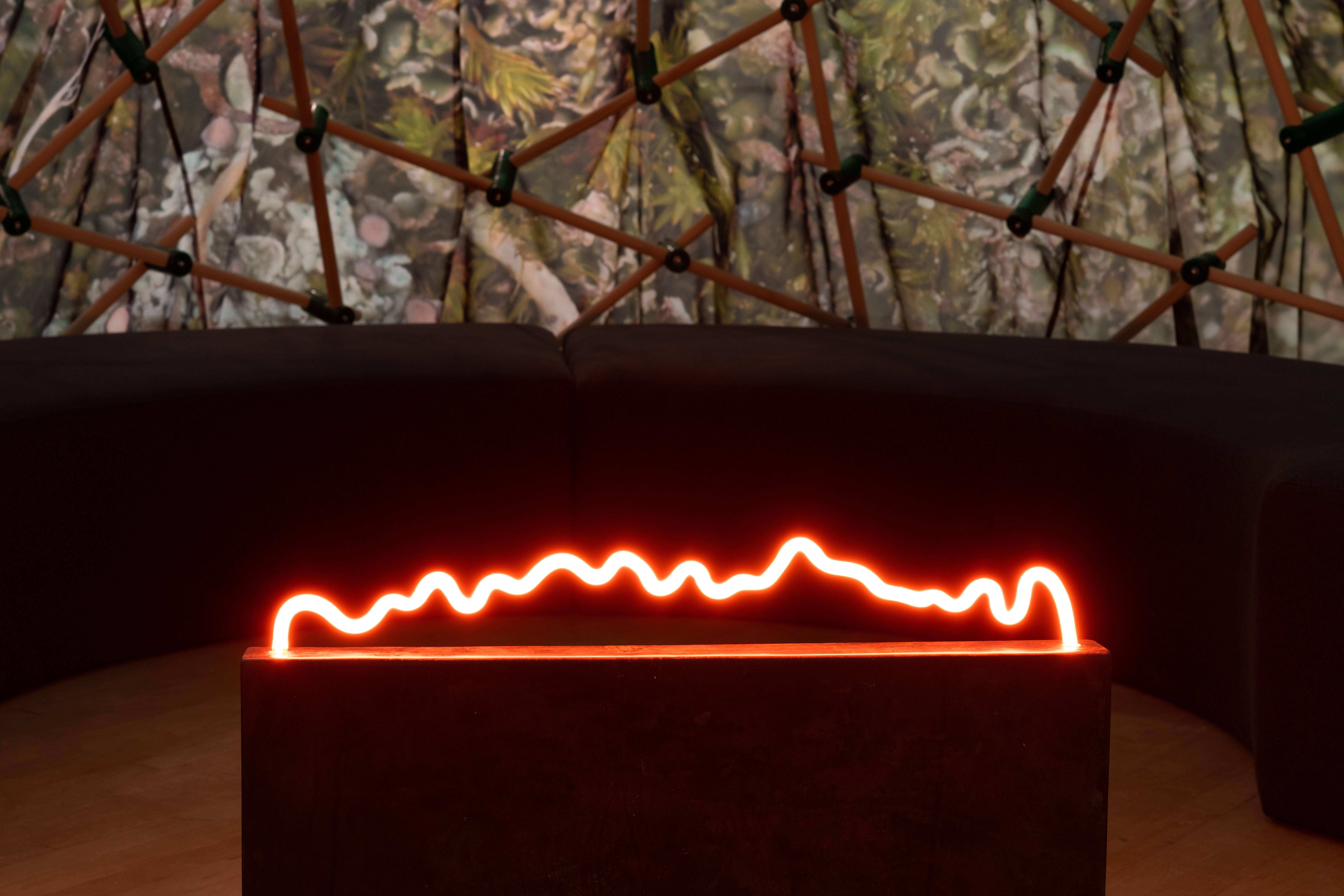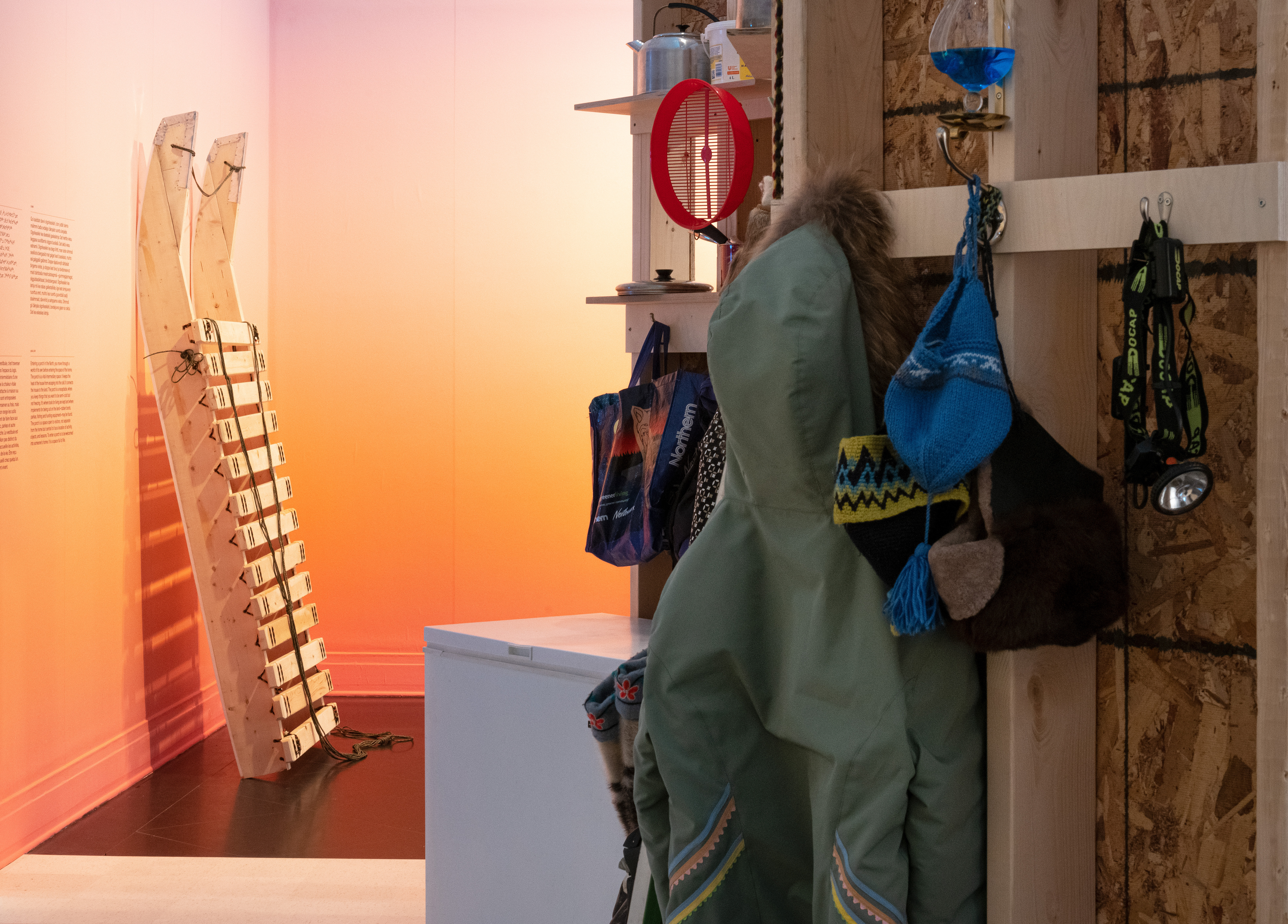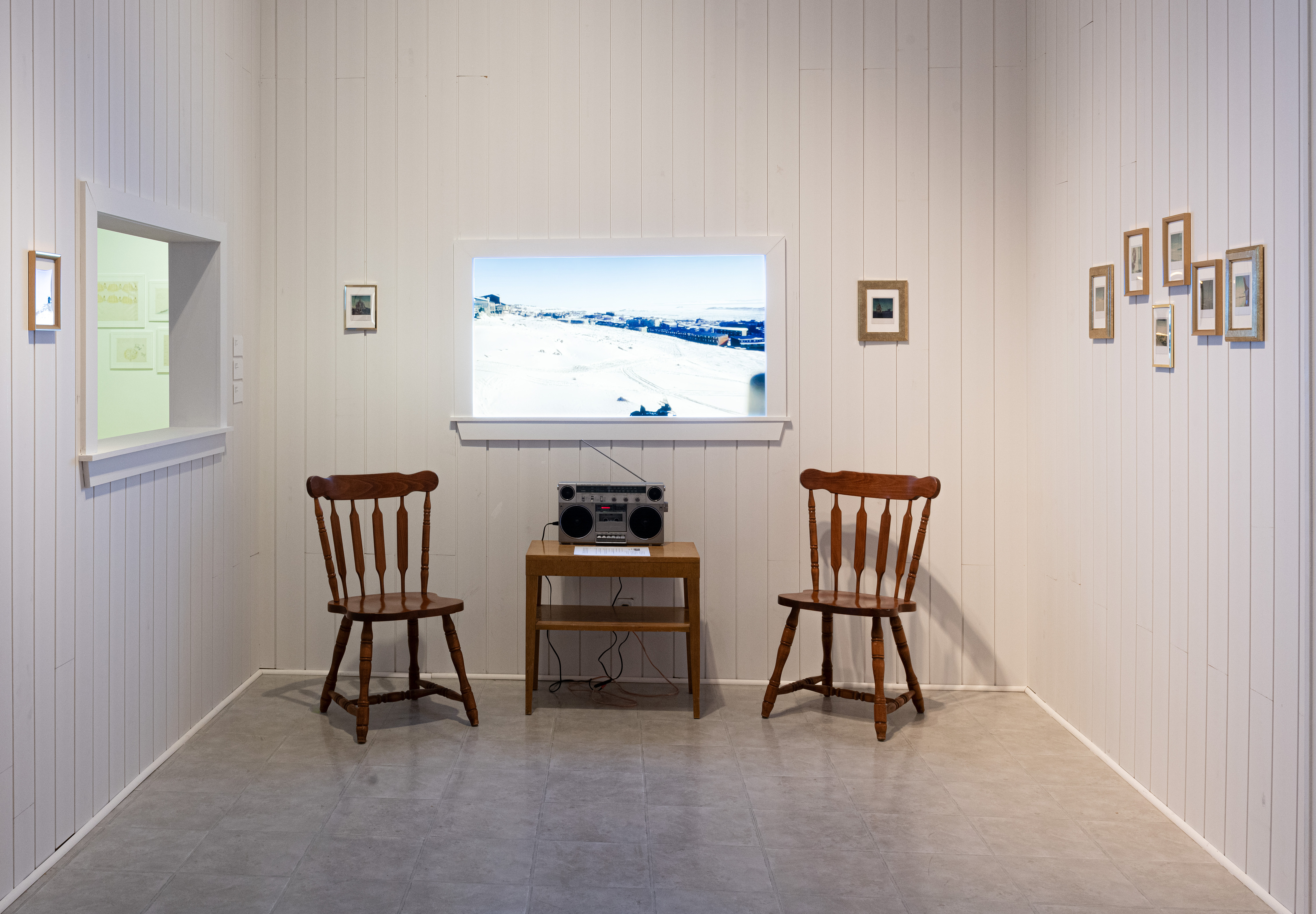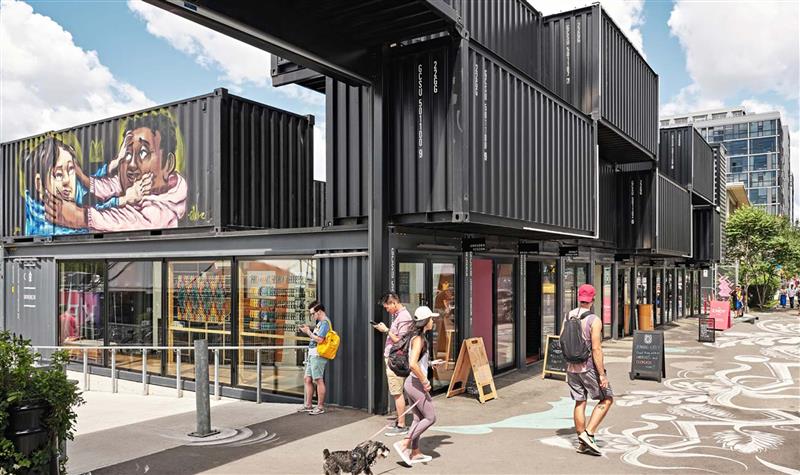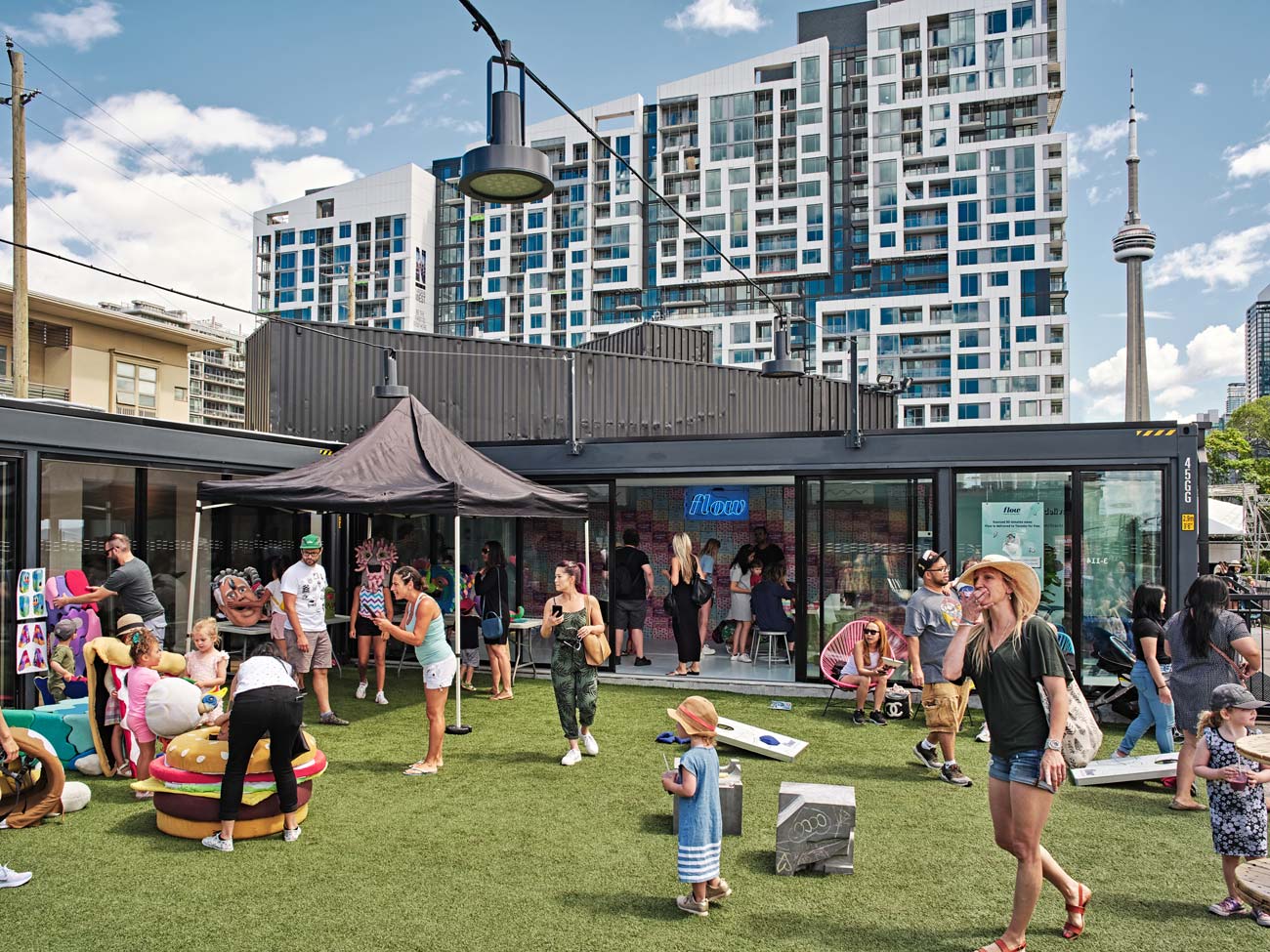
10.01.24 - The Daniels Faculty’s Winter 2024 Public Program
The John H. Daniels Faculty of Architecture, Landscape, and Design at the University of Toronto is excited to present its Winter 2024 Public Program.
Our program this semester addresses a range of pertinent issues concerning the natural and built environments, continuing the Faculty’s tradition of fostering dialogue and exchanging knowledge through a curated series of exhibitions, lectures, book talks, panel discussions and symposia.
Through these events, we aim to engage our local and international communities on the important social, political and environmental challenges confronting our disciplines and the world today. Topics addressed include design and ecology, space and social justice, urbanization and housing, art and biopolitics, and architecture land sovereignty.
All of the events in our program are free and open to the public. Register in advance through Eventbrite and consult the calendar for up-to-date details at daniels.utoronto.ca/events.
January 23, 6:30 p.m. ET
Jeffrey Cook Memorial Lecture: HEALING
Featuring Võ Trọng Nghĩa (VTN Architects)
February 1, 6:30 p.m. ET
I heard you were looking for me
Featuring Germane Barnes (School of Architecture, University of Miami)
February 8, 6:30 p.m. ET
Michael Hough/OALA Visiting Critic in Landscape Architecture Lecture: Design and the Just Public Realm
Featuring Chelina Odbert (Kounkuey Design Initiative)
February 15, 6:30 p.m. ET
Black Diasporas Tkaronto-Toronto
Featuring Kholisile Dhliwayo (afrOURban Inc.)
February 27, 6:30 p.m. ET
MVS Proseminar: In Ekstase
Featuring P. Staff (visual and performance artist)
February 29, 6:30 p.m. ET
Architecture’s 21st-Century Promise: Spatial Justice Practices
Featuring Dana Cuff (UCLA Architecture and Urban Design)
March 7, 6:30 p.m. ET
Designing Delivery: An Examination of the Intersection of Design and Birth
Featuring Kim Holden (School of Architecture, Yale University)
March 21, 6:30 p.m. ET
Architecture and the Right to Housing
Generously Supported by the Irving Grossman Fund in Affordable Housing
Featuring Leilani Farha (The Shift) and Paul Karakusevic (Karakusevic Carson Architects) with Karen Kubey (Daniels Faculty, University of Toronto)
March 28, 6:30 p.m. ET
CANCELLED: Cabin as Tactic and Strategy
Featuring John Bass (School of Architecture and Landscape Architecture, University of British Columbia) and Snxakila Clyde Michael Tallio (Cultural Director, Nuxalk First Nation)
Events will be livestreamed and available to view on the Daniels Faculty’s YouTube channel.
EXHIBITIONS ON VIEW
October 25, 2023-March 22, 2024
ᐊᖏᕐᕋᒧᑦ / Ruovttu Guvlui / Towards Home
Organized by the Canadian Centre for Architecture with the Daniels Faculty
December 11, 2023-February 26, 2024
USING TREES AS THEY ARE
Curated by Zachary Mollica (Daniels Faculty, University of Toronto)
Public Lecture: USING TREES AS THEY ARE, February 26, 6:00 p.m. ET
March 6-May 14, 2024
How to Steal a Country
Curated by Lukas Pauer (Daniels Faculty, University of Toronto)
Exhibition Opening: March 6, 5:30 p.m. ET
Public Lecture: Recognizing Facts on the Ground: Deconstructing Power in the Built Environment, March 14, 6:30 p.m. ET



